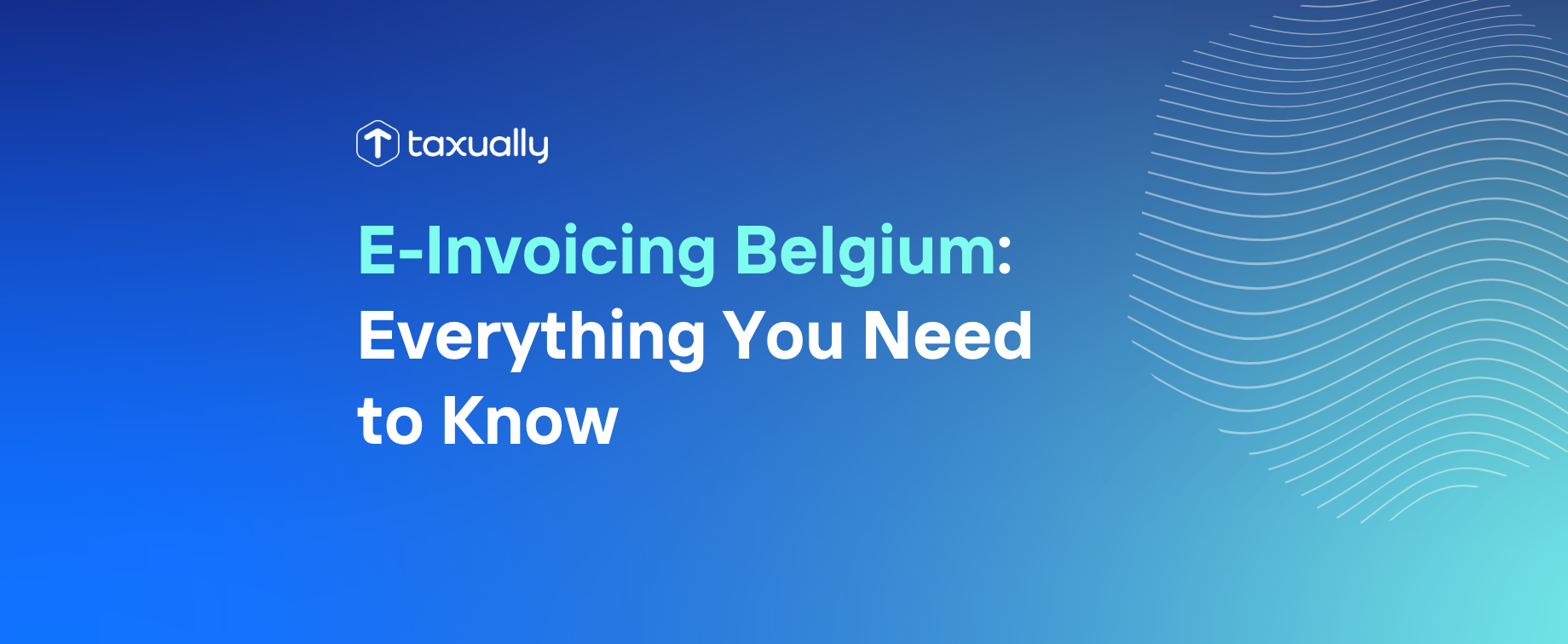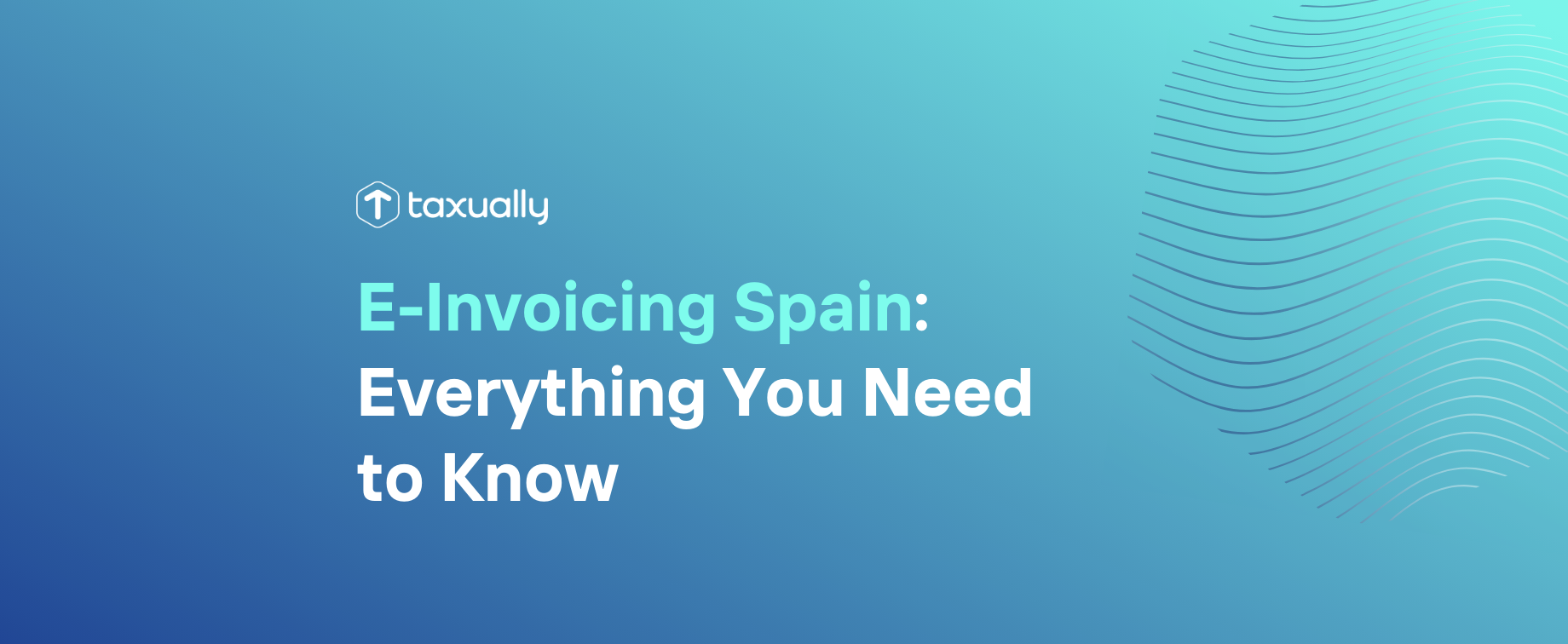Key takeaways
- VAT has evolved significantly since its origins in France, becoming a cornerstone of taxation in both the EU and the UK, with harmonized rules shaping cross-border trade and tax policy.
- The UK’s VAT system was introduced in 1973 to align with the European Economic Community and has largely remained in place post-Brexit, with new flexibility for domestic adjustments.
- VAT systems worldwide differ, but many countries follow a similar consumption-based model—making VAT compliance essential for businesses trading internationally.
Value Added Tax (VAT) has become a cornerstone of modern taxation structures worldwide, including the EU and the UK. Introduced to generate revenue and streamline taxation systems, VAT has undergone significant transformations since its inception. In this post, we explore the history of VAT, specifically in the EU and the UK, tracing its evolution, key milestones, and its impact on economies.
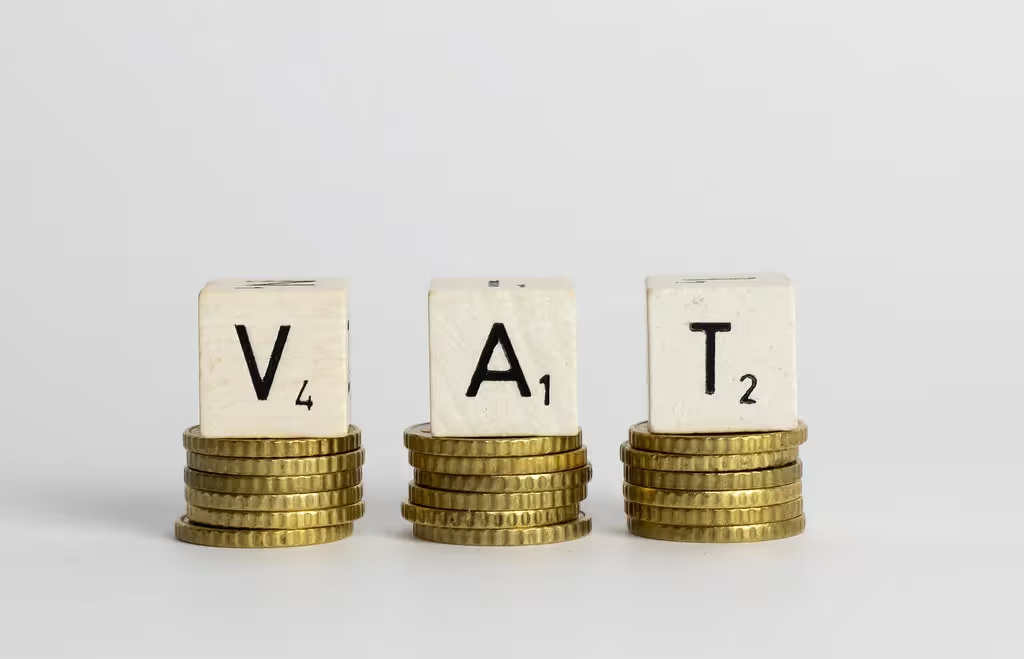
What is VAT?
Before we get to the history of VAT, let’s start with the question of what is VAT? Like income tax, pretty much everyone pays it, although unlike income taxes, which are taken out of a person's salary, Value Added Tax (VAT) is a consumption tax levied on goods and services at every stage of production and distribution. It’s based on the value added at each step of the supply chain, with businesses collecting the tax on behalf of the government.
And why was VAT introduced? VAT is typically implemented as a percentage of the final price and is borne by the end consumer. This indirect tax is designed to be a broad-based tax, applied to a wide range of goods and services, and its revenue contributes to government funds for public expenditures and services. VAT is commonly used worldwide as a significant source of government revenue and as a way to promote fairness and efficiency in taxation.
With a few exceptions, the majority of VAT registered businesses are required to pay VAT.
The origins of VAT
The history of VAT can be traced back to the French economist Maurice Lauré, who first proposed the idea in the mid-1950s. However, it was not until the early 1960s that the EU began to seriously consider the implementation of a unified VAT system across Member States. The aim was to harmonize taxation policies and remove trade barriers within the newly formed European Economic Community (EEC).
The EU VAT system
In 1967, the European Commission proposed the introduction of a common VAT system across the EEC. In the same year, France became the first country to introduce VAT as a replacement for its existing consumption tax. Soon after, other European countries began to recognize the benefits of VAT, leading to its gradual adoption across the continent.
After several years of discussion and negotiations, the EEC officially adopted the VAT system as part of the Sixth Directive in 1977. The directive provided a framework for harmonizing VAT laws and procedures among Member States, ensuring consistency in the application and administration of the tax. Over time, the EU has made further amendments and refinements to the VAT system through subsequent directives.
UK VAT history
The UK implemented its VAT system in 1973 following its entry into the European Economic Community (EEC) on January 1 of that year. The introduction of VAT was a result of the UK's commitment to harmonizing tax policies with other EEC Member States. The main purpose was to replace its purchase tax and bring the UK in line with the emerging European common market. On April 1, 1973, the UK implemented a three-tier VAT system, with a standard VAT rate of 25%, and reduced rates of 15% and 10%.
Opposition to VAT
The history of VAT hasn’t been all plain sailing, though. Some opposed the idea of VAT when it was first introduced, the main concerns being that it would place an unnecessary burden on businesses, particularly small and medium-sized enterprises (SMEs), and that it would disproportionately impact low-income individuals and households.
Over time, VAT systems have been refined and adapted to address some of the concerns raised by critics, and it has now become a significant source of revenue for governments, used to fund public services and infrastructure.
The evolution of VAT - rates and regulations
Over the history of VAT, both the EU and the UK have made adjustments to VAT rates to meet changing economic conditions. In the EU, Member States have the flexibility to set their own VAT rates, subject to certain minimums and maximums set by EU directives. The UK has also utilized this flexibility, adjusting VAT rates to stimulate consumption or combat inflation.
This adaptability has been most notable during the covid-19 pandemic, when many countries reduced VAT rates on certain goods and services to mitigate the negative impact the pandemic was having on their economies.
The EU has continually worked towards improving VAT regulations, streamlining cross-border transactions, and combating VAT fraud. Developments have included the introduction of the VAT Information Exchange System (VIES) in 1993, which facilitates the exchange of information between Member States, and the launch of the Mini-One-Stop-Shop (MOSS) in 2015 (now the One-Stop-Shop as of 2021), which simplifies VAT compliance across EU Member States.
Brexit and VAT
The UK's decision to leave the EU has meant it faces post-Brexit VAT challenges as well as opportunities. As of January 1, 2021, the UK is no longer bound by EU VAT rules, giving the government the freedom to set its own policies. However, to ensure continuity and avoid disruption, the UK has largely retained the existing VAT framework (keeping the standard VAT rate at 20%) while making smaller adjustments to align with its specific needs.
VAT in the rest of the world
In some countries, such as the United States and Canada, there is no national VAT or sales tax system. Instead, they rely on state or provincial-level taxes that can vary between regions. For example, in the United States, where sales tax was first introduced in West Virginia in 1921, rates range from 0% to over 10%, depending on the state and municipality.
Similarly, in Canada which originally implemented sales tax in British Columbia in 1941, the Goods and Services Tax (GST) and Harmonized Sales Tax (HST) rates vary by province, typically ranging from 5% to 15%.
Other countries employ tax systems similar to the EU’s VAT framework. For example, in Australia they have the Goods and Services Tax (GST) - originally a sales tax first introduced in 1930 - which is applied at a rate of 10% on most goods and services. As for Japan, which implemented its consumption tax (JCT) in 1989, the standard VAT rate is 10%. In China, VAT was first introduced in 1984 and the standard vat rate is currently 13%.
VAT Timeline
1954 – France pioneers VAT
- French economist Maurice Lauré introduces the concept of Value Added Tax.
- France becomes the first country to implement a VAT system, replacing its earlier turnover tax.
1967 – EU moves toward VAT harmonization
- The European Commission proposes a common VAT system for EEC (now EU) Member States to promote trade and tax uniformity.
- France officially adopts VAT as part of this shift.
1973 – UK introduces VAT
- Upon joining the European Economic Community, the UK replaces its purchase tax with VAT on April 1, 1973.
- The initial system includes three rates: 25%, 15%, and 10%.
1977 – EU adopts the Sixth VAT Directive
- The Sixth VAT Directive establishes a legal framework for harmonized VAT rules across Member States.
- A major step in ensuring consistency in VAT application within the EEC.
1993 – Launch of VIES
- The VAT Information Exchange System (VIES) is introduced to facilitate the sharing of VAT data between EU countries.
- It helps verify the VAT registration of businesses involved in cross-border transactions.
2015 – Mini One Stop Shop (MOSS) introduced
- The EU introduces MOSS to simplify VAT reporting for digital services sold across EU borders.
- Allows businesses to file a single VAT return covering all EU Member States.
2021 – One Stop Shop (OSS) replaces MOSS
- The OSS expands MOSS to include a broader range of B2C goods and services.
- Designed to simplify VAT compliance for cross-border e-commerce in the EU.
2021 – Brexit and UK VAT independence
- The UK leaves the EU VAT regime on January 1, 2021.
- While retaining much of the EU VAT framework, the UK now has the freedom to set and modify VAT rules independently.
2020–2021 – COVID-19 VAT measures
- Many countries temporarily reduce VAT rates on essential goods and services to support economic recovery.
- These measures highlight the flexibility of VAT systems to respond to crisis conditions.
Present – Global VAT adoption and digital transformation
- Over 160 countries have implemented VAT or similar consumption-based taxes (e.g., GST).
- Jurisdictions like Australia (2000), China (1984), Japan (1989), and Canada (1991) have adapted their own VAT/GST systems.
- A global trend toward digital VAT reporting, real-time invoicing, and automated compliance tools is underway.
Summary
VAT has played a crucial role in shaping the tax systems of both the EU and the UK. From its humble beginnings in France to its widespread adoption across the EU, VAT has been a key tool in promoting economic integration and facilitating trade. In the UK, the development of VAT has reflected changing economic conditions and the country's quest for greater efficiency and fairness in taxation.
In the coming years, both the EU and the UK will continue to refine and adapt their VAT systems to meet the challenges of the modern economy, and the move to online VAT reporting is one example of this. VAT remains a dynamic and essential component of the tax landscape, contributing to the stability and growth of economies.
Do you need help with your VAT compliance? Book a free call with one of our VAT experts to find bespoke solutions for your business, optimize your VAT costs, and reach millions of new potential customers.
Frequently asked questions
New Year's Day - 1/1/2024Memorial Day - 5/27/20244th of July - 7/4/2024Labor Day - 9/2/2024Thanksgiving Day - 11/28/2024Day after Thanksgiving - 11/29/2024Christmas Eve - 12/24/2024Christmas Day - 12/25/2024
What is VAT and why was it introduced?
Value Added Tax (VAT) is a consumption tax applied to goods and services at each stage of production and distribution. It was introduced to simplify taxation, create a fairer system, and generate consistent government revenue for public services.
When was VAT first introduced in Europe?
VAT originated in France in 1954, designed by economist Maurice Lauré. It became a cornerstone of the European Economic Community’s tax system in the 1960s and was formally adopted across EU Member States through the Sixth VAT Directive in 1977.
When did the UK introduce VAT?
The UK introduced VAT on April 1, 1973, when it joined the European Economic Community. It replaced purchase tax and aligned the UK with the EU’s harmonized VAT framework.
How has VAT evolved in the EU and UK over time?
Over the decades, VAT has adapted to economic changes, technological innovation, and global trade. Key milestones include the introduction of the One Stop Shop (OSS) in 2021 and Brexit, which gave the UK greater flexibility to set its own VAT rules.
How does VAT differ globally?
More than 160 countries now use VAT or similar systems like GST. While EU countries follow a harmonized structure, other regions such as Canada, Australia, and Japan apply varying GST or consumption tax models suited to their local economies.


